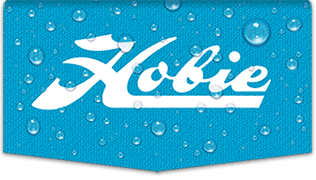I guess it's a tired old subject for veteran sailors but I ask about changing from cupped sail shape to flat shape going upwind because there is so much confusing advice on how it should be done.
I have the traveler too, btw.
In really heavy air, it seems like you can't deal with one shape at a time, you have to keep two in mind.
(Not trying to hijack your thread and hope to get back to your original question.)
First you deal with the lift off the back of the sail when it is cupped (using "cupped" for lack of better, quicker term). The boat really scats when the Bernoulli lift kicks in.
But then when the sail is flattened, you got the windward side of the sail still catching too much air. Your downhaul is good for that adjustment...
It takes a bit of raw nerve to flatten a sail by sheeting in in a high wind. Only comfort is knowing that you can spill some wind, in effect reducing the power (and area?) of the sail. The fine points of this I am not onto yet.
I am just trying to think... in moderate wind, raking the mast back some takes the twist off as you say and make all the telltales right because the pull down is less. But won't raking the mast back further really takes that twist off -- which you don't need or want in really heavy air?! It seems like this happens for me.
So therefore, there is a Catch-22 with this boat? Rake moderately for moderate air and lose the twist and get the telltales right. Rake more for heavy air, really lose the twist? So you use tighten the downhaul to compensate? It flattens the sail and and increases flathead top twist and spillage?
I have heard of some just using the traveler to adjust spillage while keeping the mainsheet in...
Sorry, not trying to over-think this, but I don't get these conditions enough to learn by trial and error. And practically, I am trying to keep the boat sailing under control in heavy air. In other words, I look up at the sail shape and think, "I have too much power and now I am going to kill the Bernoulli and backside lift by sheeting in to flatten the sail shape; and I then I am going to travel out to spill and reduce the speed." ...and have that really work???
Of course this assumes that the mast rake has been set correctly for wind conditions. Which must be around the sixth or seventh hole from the bottom for moderate to heavy air...
Quote:
On other boats I've had, if the jib was doing this it meant the angle of the sheet pulling on the clew wasn't right and had to be adjusted.
This whole mast rake thing is a booger...
Where am I thinking wrong? Pick my thinking (or lack of it) apart. Please.







